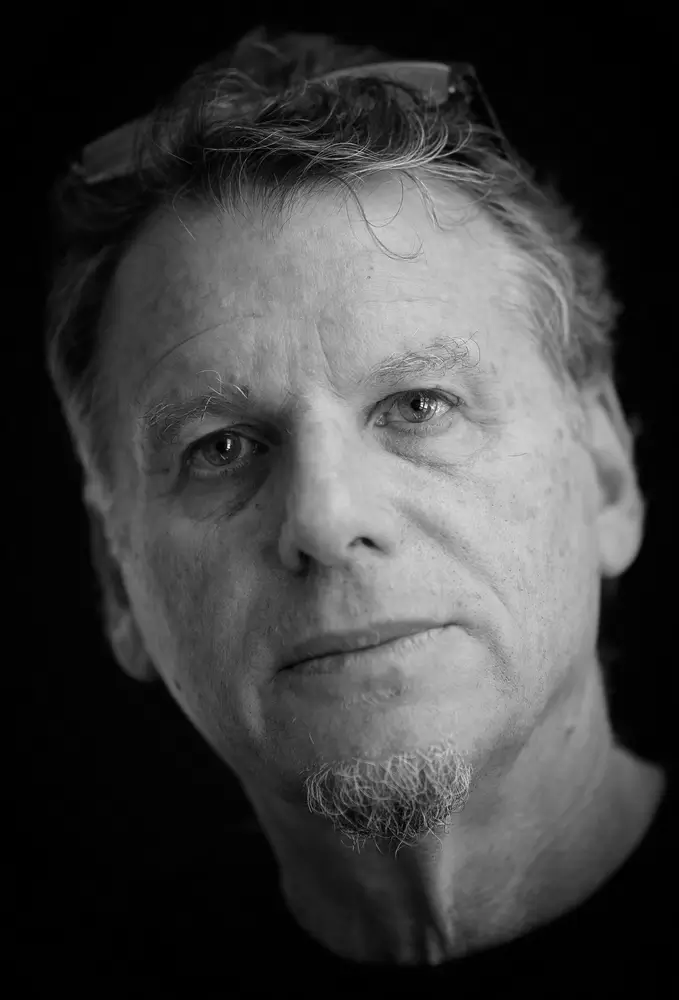I am an experimental photographer based in Berkeley, California. The camera has been a faithful companion throughout my life; however, over the past 20 years, my photography slowly began shifting from documenting life to being a more intentional form of self-expression.
The wide expanses of the California coast, its rugged terrain, wide vistas, and thunderous waves were my first entry point into that process. Concurrently, I was discovering and getting inspired by Edward Weston, Ansel Adams, Minor White, Ann Brigman, and several other pioneers whose work celebrated and exalted the natural environment. The quiet and intimate botanical images by Imogen Cunningham, the simplicity of Harry Callaham's nature shots, along with the moody atmosphere of the early 20th-century Pictorialists like Edward Steichen, Alfred Stieglitz, and Gertrude Kasebier, have also found their way into how I think and imagine photography.
The textural and sculptural properties of natural elements are a main source and inspiration for my photography. I like to think of my images as inhabiting a world between the representational and the abstract, revealing the hidden beauty and simplicity of natural forms while evoking a sense of reverence and wonderment.
My photographs have won awards through the Marin County Society of Artists (CA) and Louisville Art Association National Photography Show (CO), and have been exhibited at the A.Smith Gallery (TX), Arts Square Gallery (NY), Black Box Gallery (OR), d’Art Center in Norfolk (VA), Praxis Gallery (MN), Si Gallery in Austin (TX).
